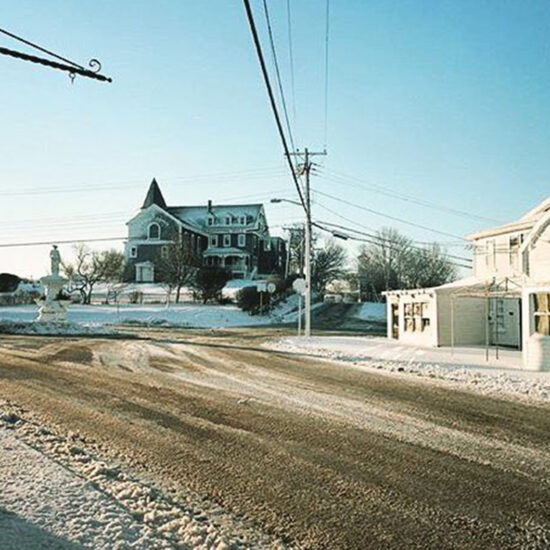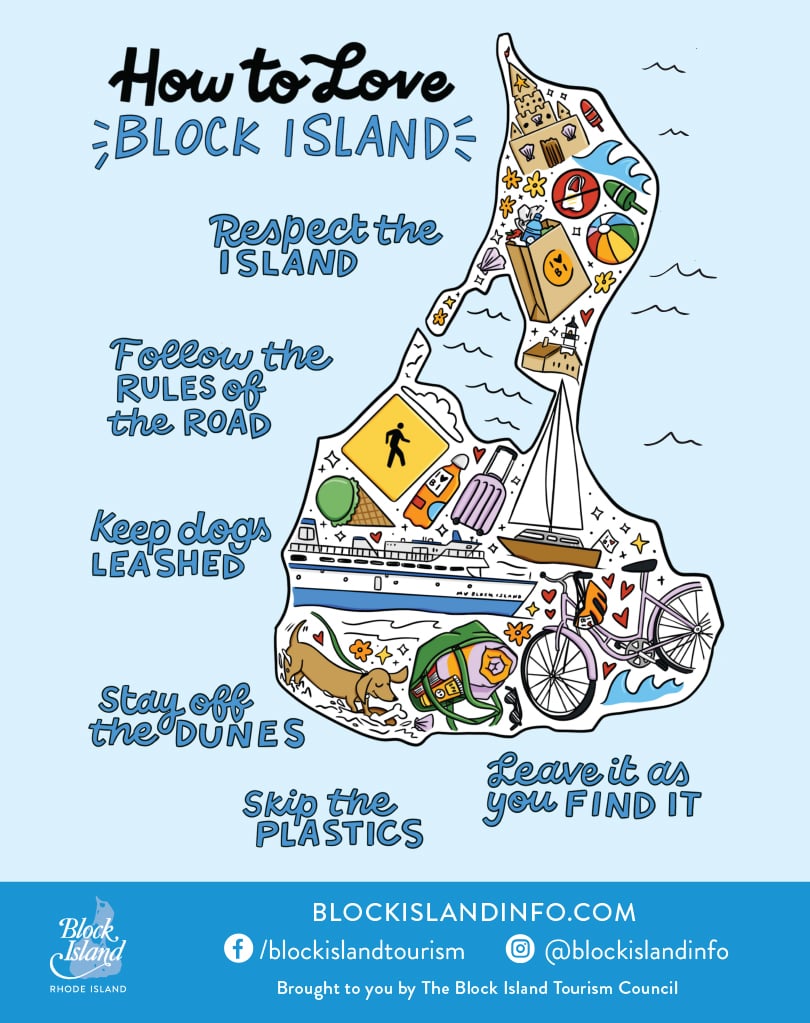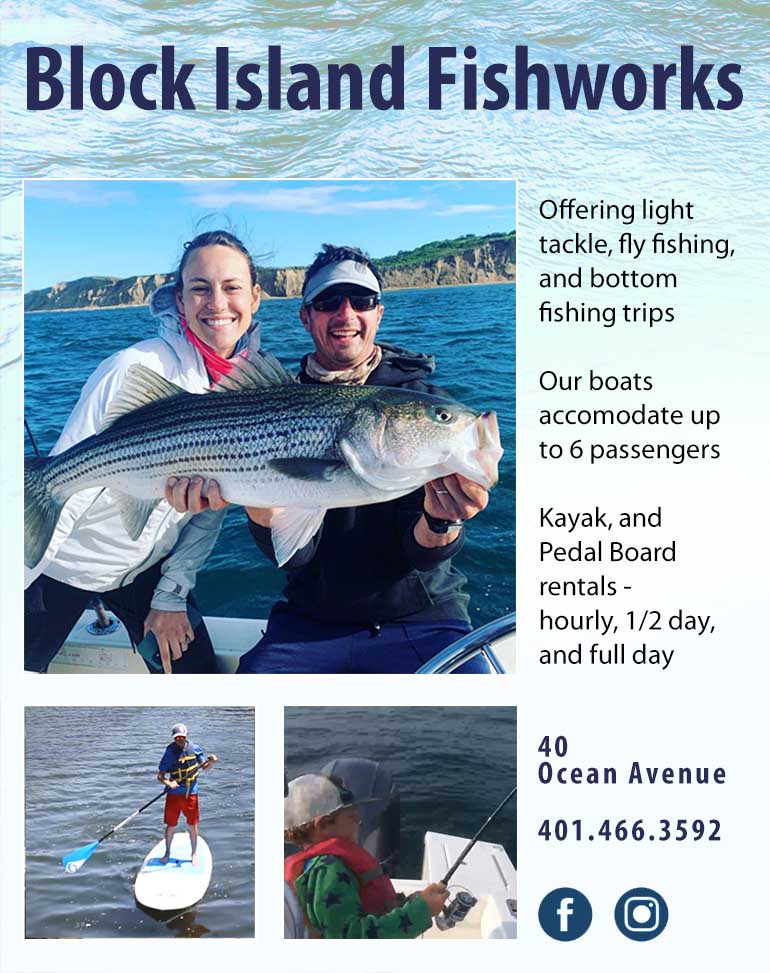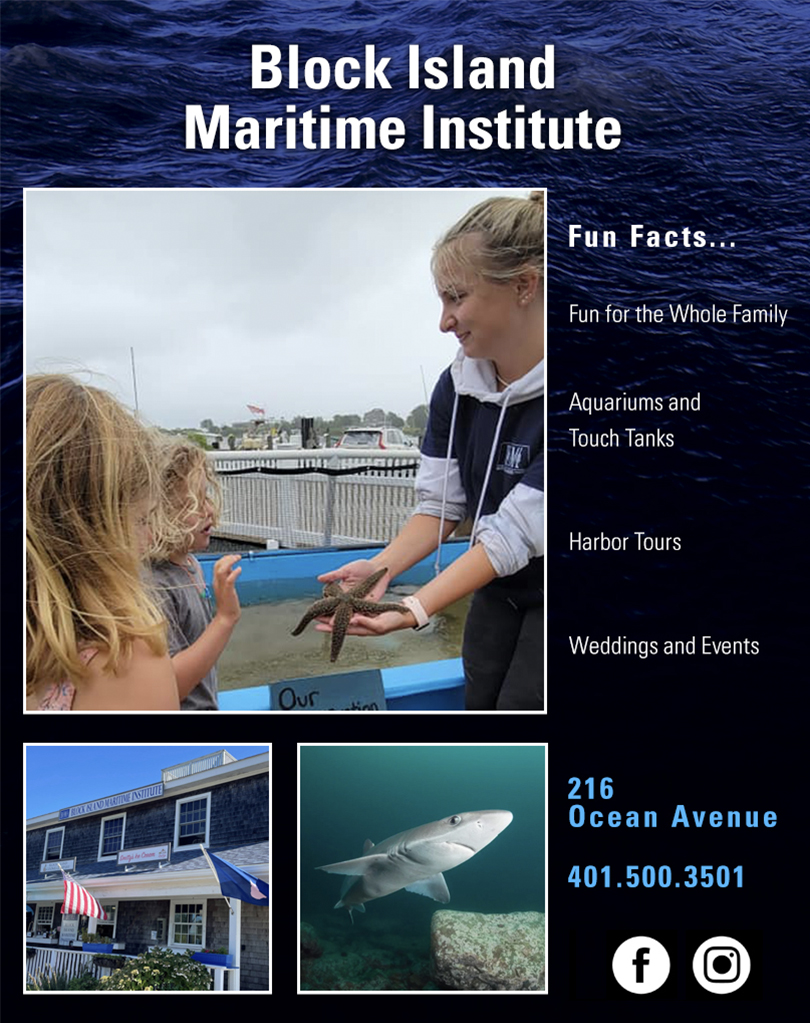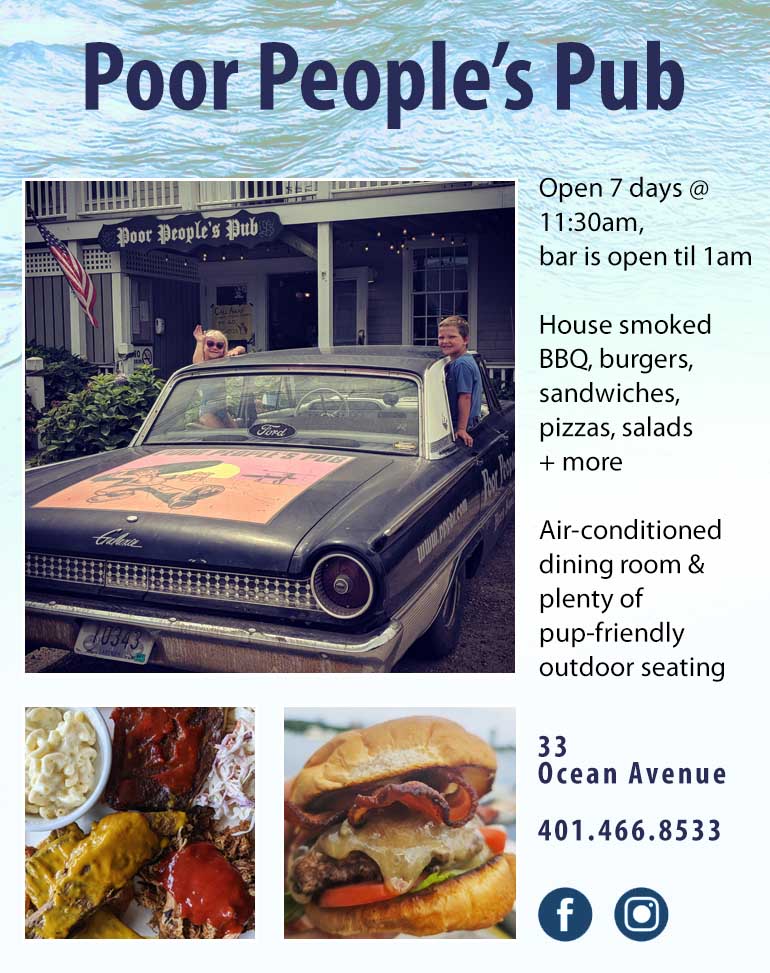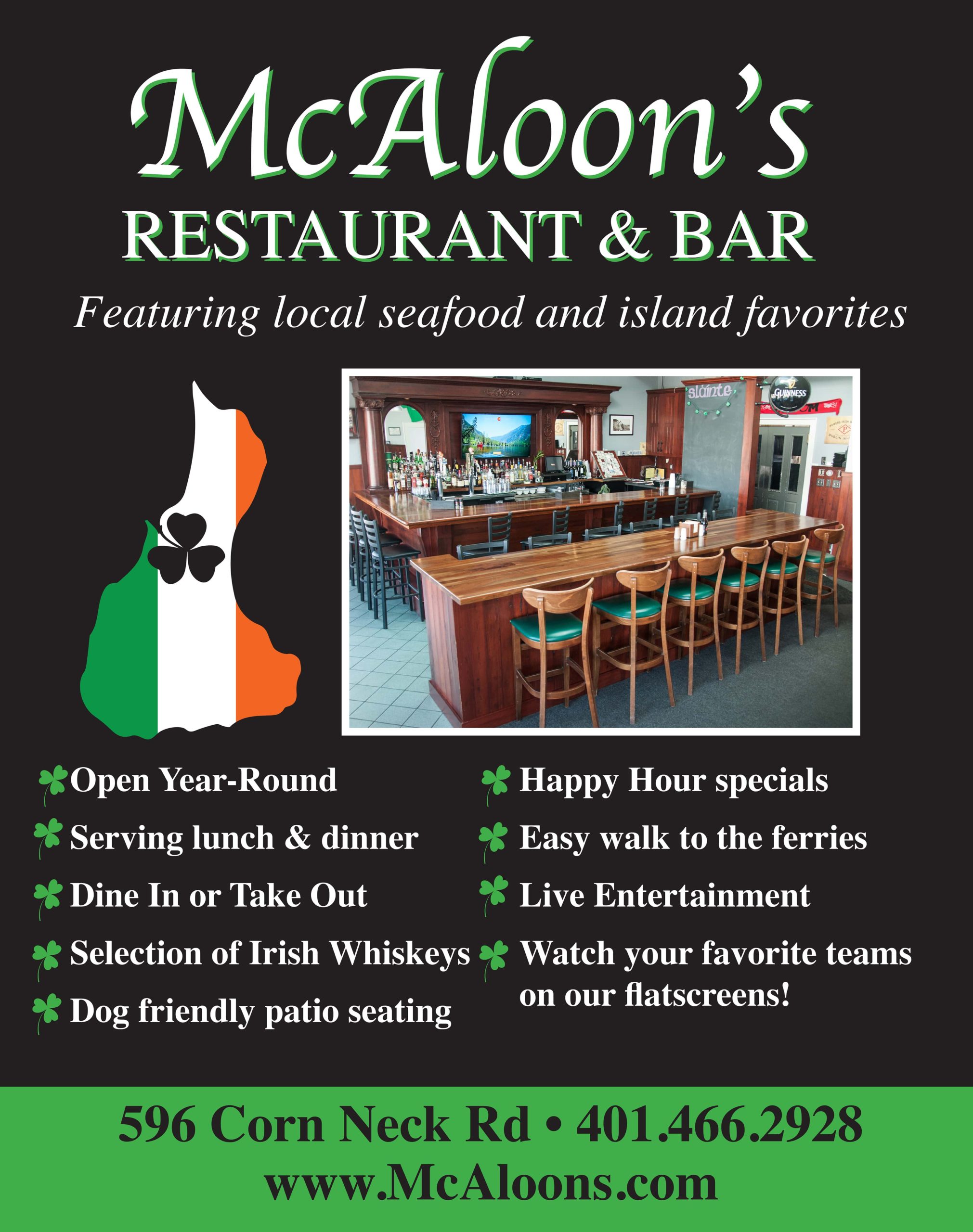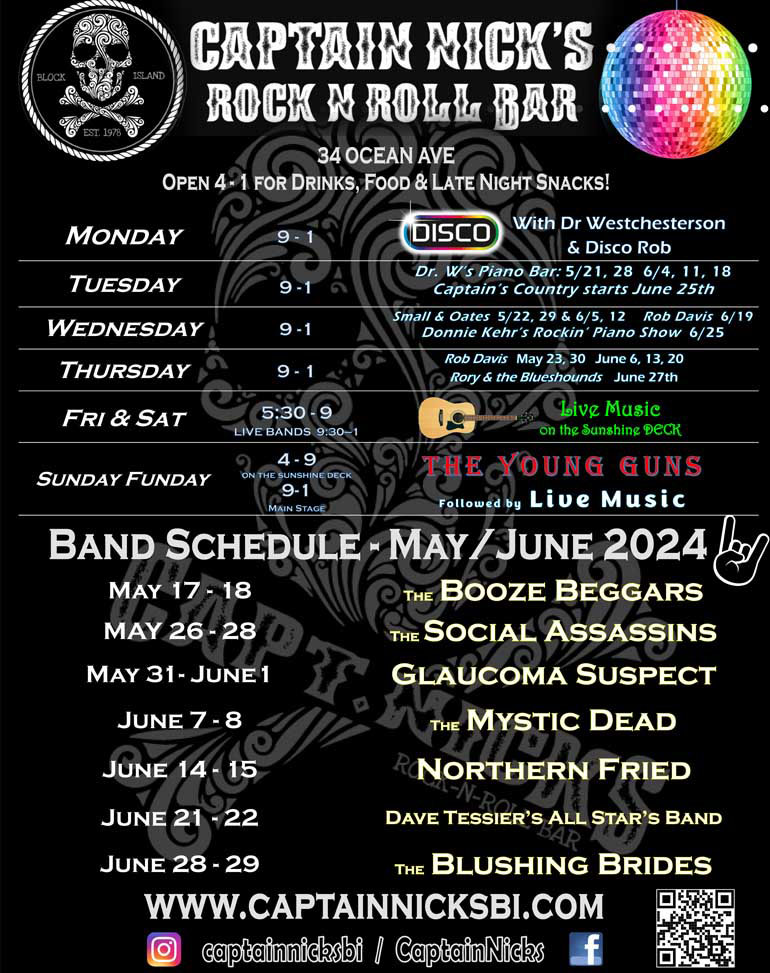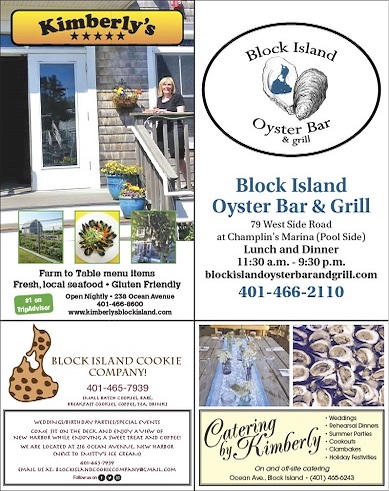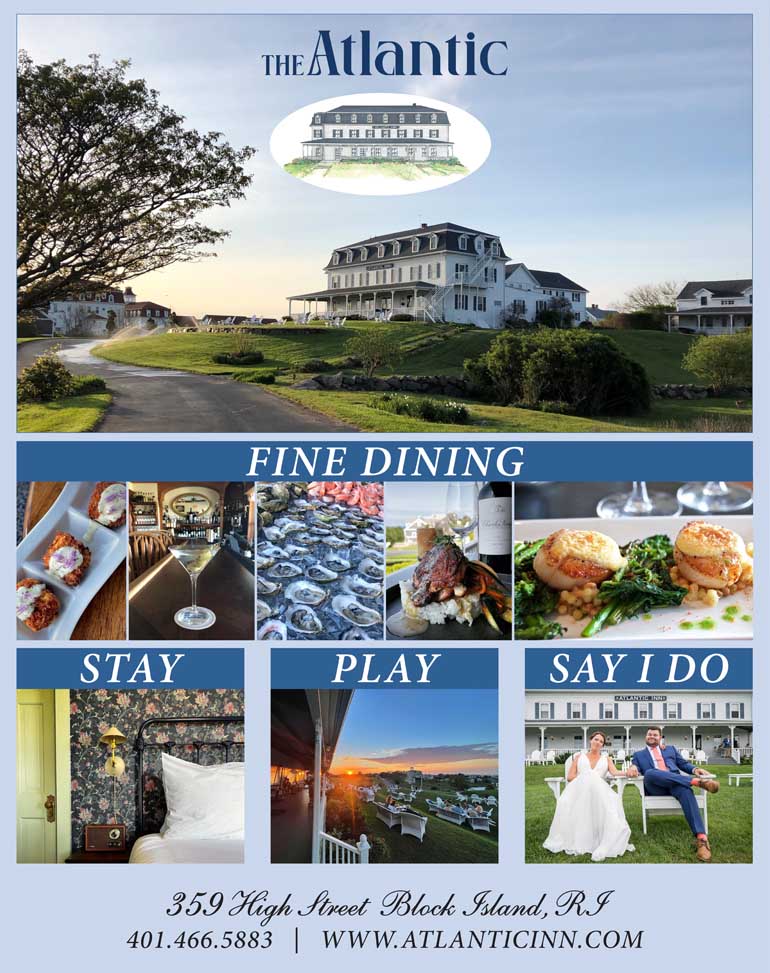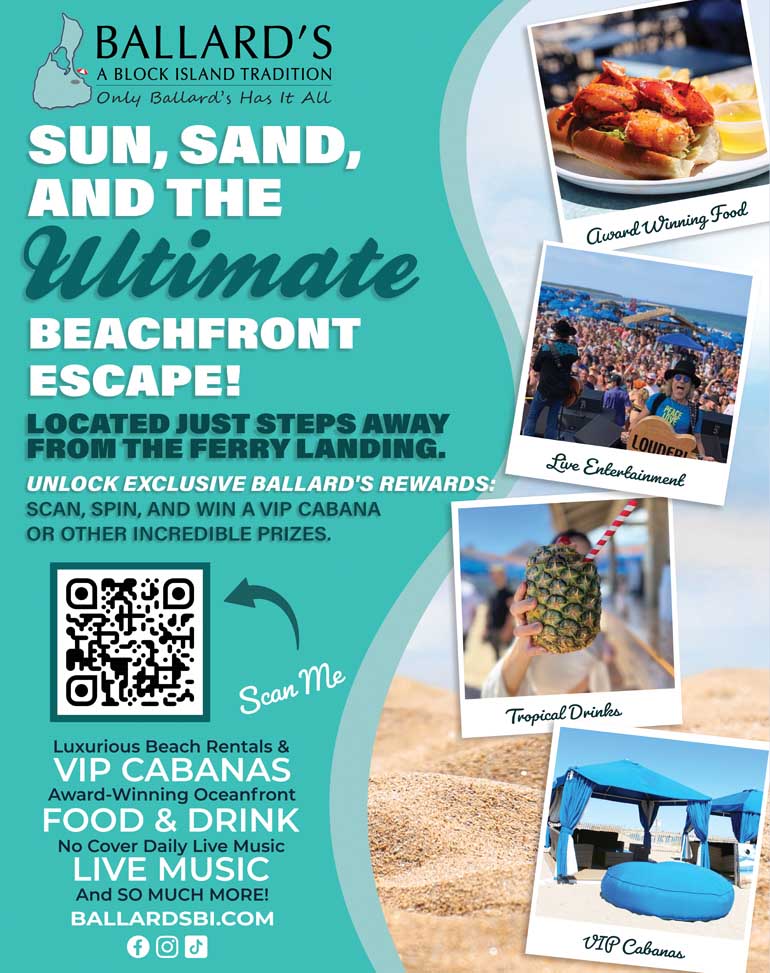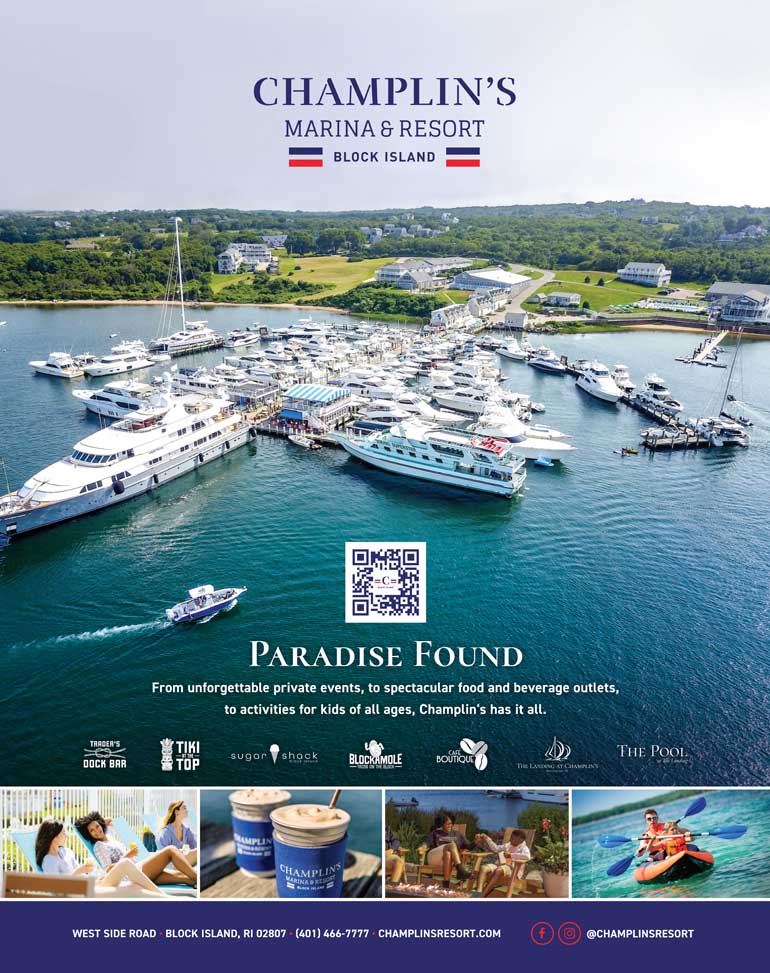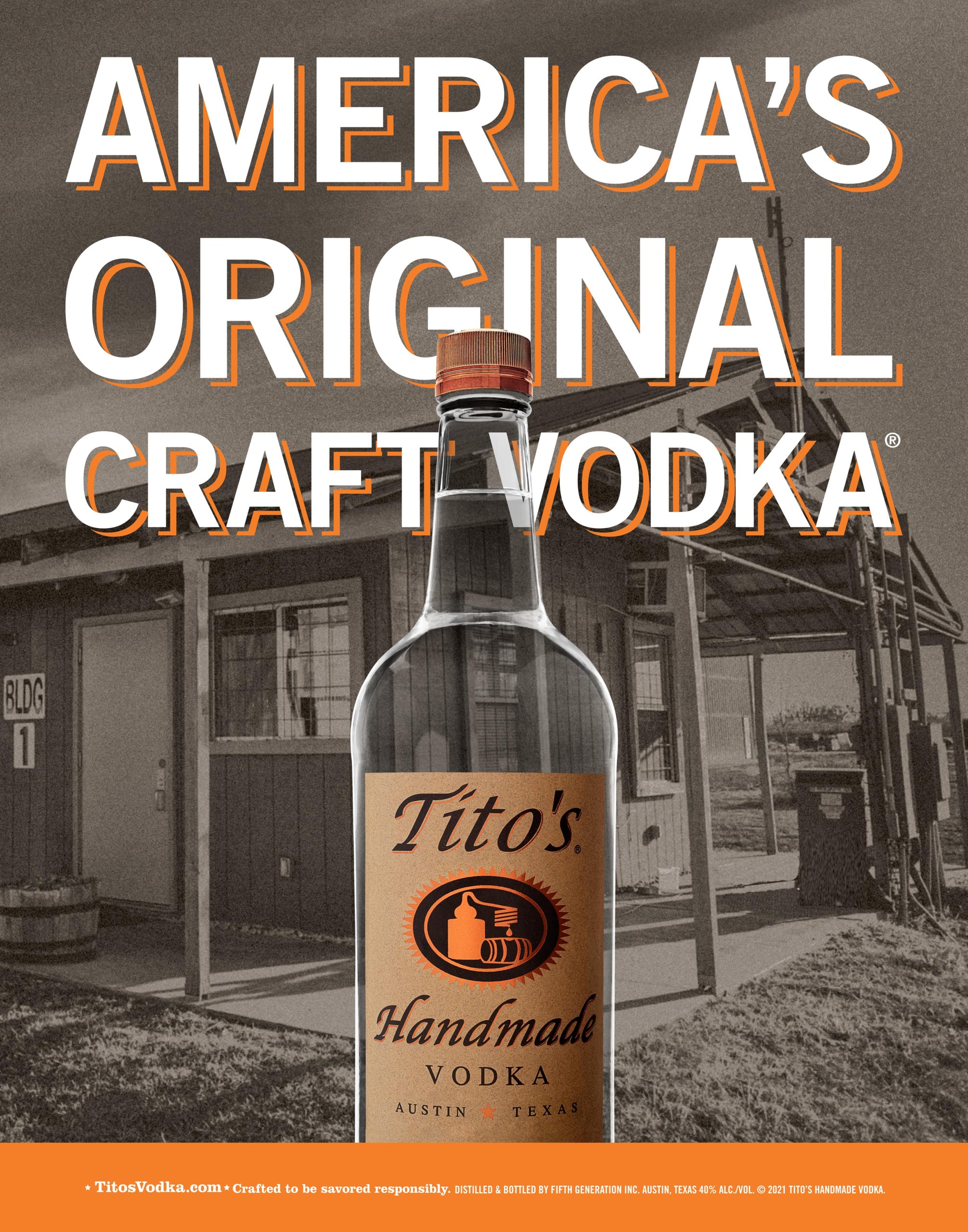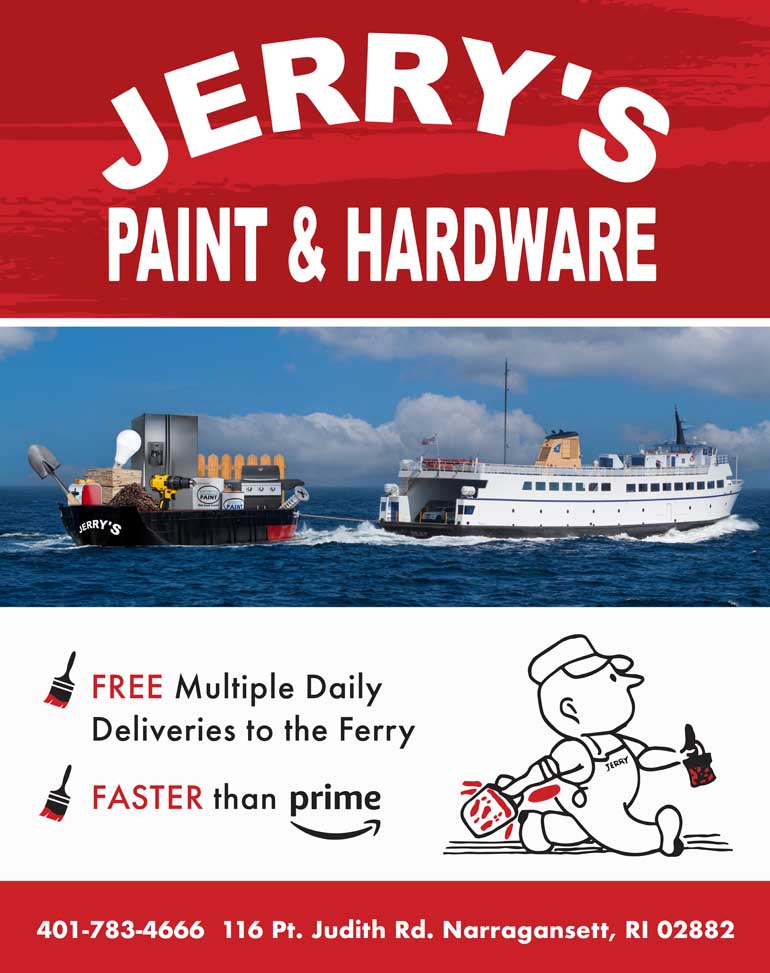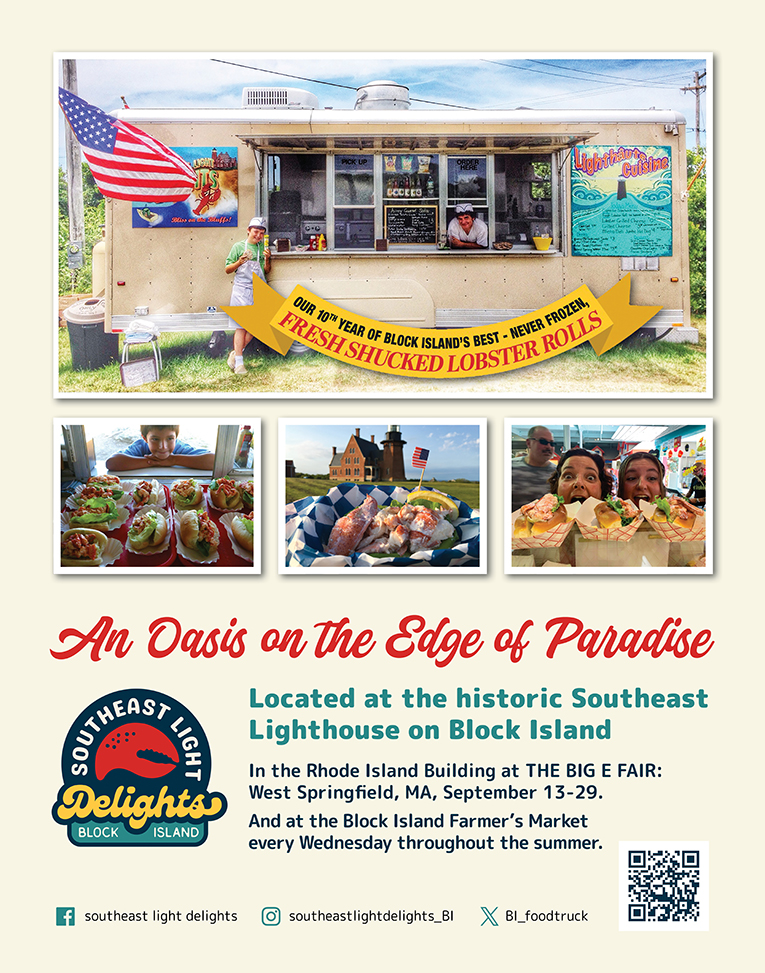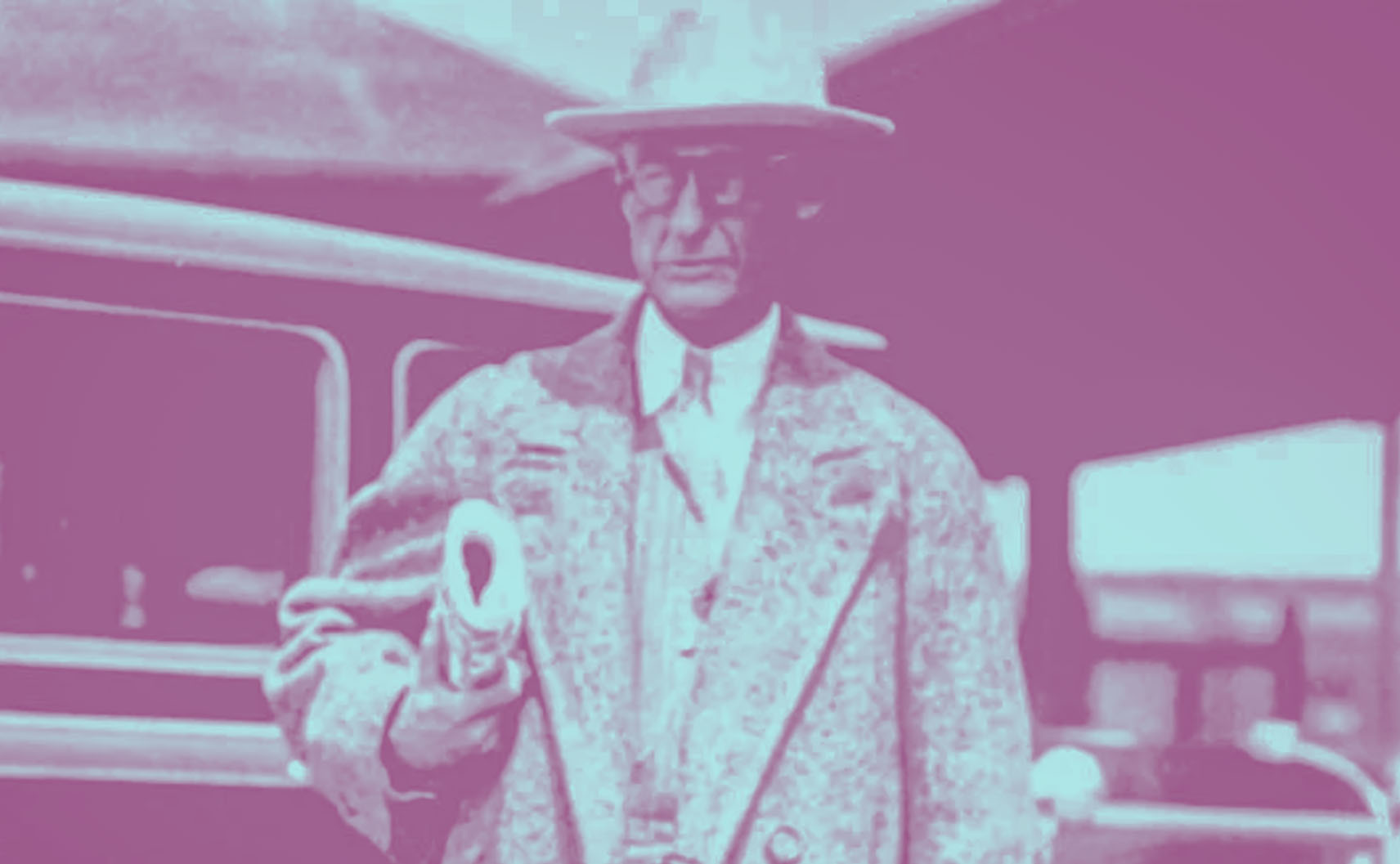
The Strange Life of Noel A. Mitchell
Sometimes when we’re coming up with ideas for these blog posts, we look to the past to find interesting tales from Block Island. While perusing local newspapers from the early 1900s, we came across an article from The Connecticut Labor Press from June 14, 1919. The story was about Noel A. Mitchell, a famous producer of Atlantic salt-water taffy, who had purchased a resort in Momauguin (a part of East Haven, CT) and planned on introducing the traditional Block Island clam bake from his childhood to the area.
This cute article seemed pretty cut and dry… until we investigated Noel A. Mitchell. What we assumed would be a straightforward profile about a local boy spun out into tales of swindling, corruption, drunken escapades, and murder. Each stone unturned produced yet another unbelievable story from the strange life of Noel A. Mitchell.
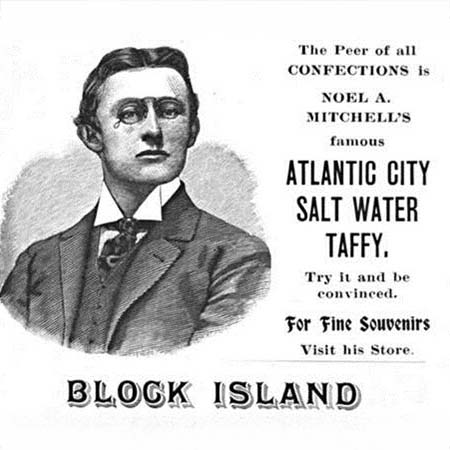
Birth of a Salt Water Taffy King
Noel A. Mitchell was born on Block Island in January of 1874 to Mary Jane and Edward Mitchell. He attended grammar and high school on the island but left to take courses at a business college. When he returned to Block Island, Mitchell became involved with the local amusement trade.
After honing his skills on Block Island, he moved on to Savin Rock Park (Connecticut’s “Coney Island”) in West Haven. He went on to create and develop his hugely popular Atlantic salt water taffy which he described as “a mixture of easy-flowing sweetness and the salty Atlantic Ocean”. With the growth of this business venture, Mitchell picked up stakes again and moved the business down to Atlantic City.
While not the originator of salt water taffy (that honor goes to John Ross Edmiston in the early 1880s), Mitchell was the first to market his version of this coastal treat heavily. Each box had a portrait of Mitchell, and he updated the name of the product to “Noel A. Mitchell’s Famous Atlantic City Salt Water Taffy”. He was one of the first in the industry to offer to ship across the country and even copyrighted the name “salt water taffy”. With this new reach, Mitchell became a nationally known figure and wealthy man.
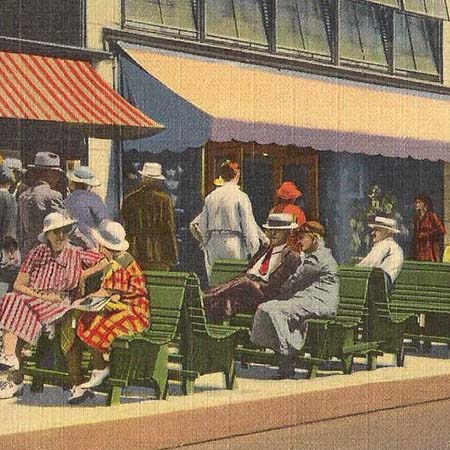
The Green Benches
In the winter of 1903-1904, Mitchell took a trip to St. Petersburg, FL to escape the northeast cold. He enjoyed the area so much that he ended up moving there with his wife and daughter. Originally, he worked as a fisherman, but his wheels were always turning. Realizing that this area would make an excellent place for wealthy northerners to winter, he turned his focus to real estate.
In 1907, he purchased an entire block at the intersection of Fourth and Central for $15,000 and opened his office. This area would soon be referred to as Mitchell’s Corner. However, just starting the business wasn’t enough. Although he got in early, the real estate market at the time was beginning to ramp up to unprecedented levels and Mitchell had a lot of competition. To differentiate himself, he placed a huge, colorful sign above his office that advertised “Mitchell Real Estate: ‘The Sand Man’”. He regularly held giveaways and even created a fishing competition where the winner had a chance to claim the silver “Mitchell Cup”.
Surprisingly, the most influential marketing gimmick Mitchell came up with was… benches. Since he had plenty of space between his block and the street, he installed 50 orange benches on the sidewalk. Surprisingly, these benches became a hit attraction. Never missing an opportunity, Mitchell ended up slapping advertising on these benches to drum up business. The benches became so popular that other businesses took notice and installed their own. Up to 3500 benches could be found around the city. To give some semblance of order, the mayor decreed that all the benches in St Petersburg had to be painted green. For decades, the green benches of St Petersburg were a major tourist attraction.
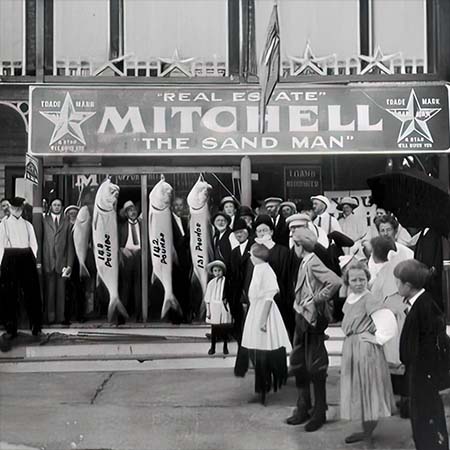
Beachfront Opportunities
In the proceeding years, Mitchell found himself to be one of the richest men in St Petersburg. If a property was available for sale, no matter the condition, he would sell it. It is with that mindset that Mitchell became acquainted with George Roberts. Roberts had built his home on Olive Island in St. Pete’s archipelago and lived on the island himself. Mitchell contacted Roberts and purchased 138 acres of beachfront property. He built a hotel and resort, set aside plots of land for sale, and changed the name to Mitchell’s Beach. Today it is known as Madeira Beach. While the hotel was successful, he could not sell the land plots. He did not take into consideration that there was no potable water on the island.
In the late 1910s, Mitchell had competition from another landowner on an island to the south of Mitchell’s Beach. His cottages and hotel were doing so well that he ended up renaming his property Coney Island. Each man fought to get visitors to their respective resorts. Around 1915, rumors started circulating that money was being found in the sands of Mitchell Beach. Mitchell leaned into these stories and started advertising his beach as Treasure Island. Visitors flocked to the area to see if they could get lucky. What had happened, in fact, was the Mitchell had planted the cash on his beach to drum up business, an idea he had stolen from another resort owner on an island south of Coney Island. Ironically, Coney Island, the only island that did not to take part in the cash-in-the-sand marketing ploy, is the place currently known as Treasure Island.
Mitchell had not forgotten his northern roots, though. He had a souvenir tent set up along Block Island’s waterfront where he still sold his famous Atlantic City Salt Water Taffy. His business in Atlantic City was still running and in 1919 he took over a resort at Lighthouse Beach in Momauguin, CT. Not surprisingly, he changed the name to Mitchell’s Lighthouse Beach.
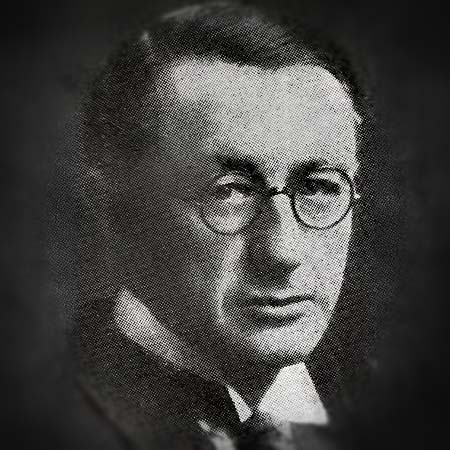
Rise and Fall of Mayor Mitchell
Noel A. Mitchell didn’t want to be mayor of St Petersburg. Noel A. Mitchell needed to be mayor of St Petersburg. Starting in 1912, Mitchell continuously ran for the mayoral position but always fell short. It probably didn’t help that his actions while on the campaign trail were, let’s say, less than conventional. In 1912, he promoted a contest in the local paper that offered a $10 reward (just over $325 today) to whoever guessed the closest number of votes he would receive on election day. On May 12, 1919, Mitchell was making a campaign speech in the downtown area when he started poking fun at the current mayor, Al Lang. Mayor Lang was in the crowd and rushed the stage calling Mitchell “a liar and a cur.” Mitchell proceeded to strike Lang in the face and was arrested and jailed for assault.
Things weren’t looking good for Mitchell’s political career. However, in June of 1919, the United States Senate passed the 19th Amendment, giving women the right to vote. Mitchell, being the crafty businessman that he was, saw an opportunity. Instead of running his campaign like he normally would and guaranteeing a loss, he put most of his efforts into attracting this new and significant female voter base. His strategy worked and in the fall of that year, he was elected as the new head of the city, ousting incumbent Al Lang.
While in office, Mitchell portrayed himself as a man of the people and not of the local elite. However, the real estate man in him always came first. He focused most of his efforts on promoting tourism to St Petersburg. After all, tourists were potential real estate sales. When the city became so popular that there were no longer hotel accommodations, he opened up the municipal property for visitors to pitch tents and camp out. Needless to say, this rubbed some of the residents of St Petersburg the wrong way.
In 1921, a major hurricane struck the Tampa Bay area. 100 per hr. winds and a massive storm surge causing extensive damage in St Petersburg. Mitchell realized he needed to fix (and sometimes outright hide) the damages to keep the city’s reputation intact. He saw the writing on the wall: nobody would visit or live in the area if they thought they were in mortal danger.
Mitchell’s time as mayor would come swiftly to an end, though. In 1920, prohibition became law in the United States. While it wasn’t illegal to have rambunctious parties during this time, it was illegal to have alcohol and be drunk. It was especially illegal to have a rambunctious party in the mayor’s office while in possession of alcohol and being drunk. In November of 1921, police raided Mitchell’s office and charged him with public drunkenness. While he refuted the charges and refused to leave office, he was ousted on November 15 via a recall. He had been in office for only two years.
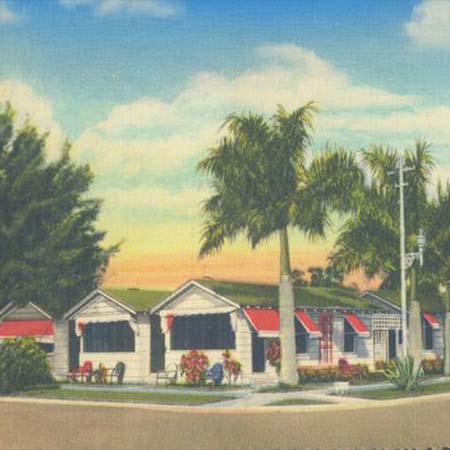
Things Fall Apart
The following years were not kind to Noel A. Mitchell. Immediately after being kicked out of office, he stated his campaign to retake his vacated spot. Candidate Frank Pulver accused Mitchell of trying to bribe him to drop out of the race, a charge Mitchell would firmly refute. Pulver would go on to win the election. Although Mitchell would run for various government positions for years to come, he never held public office again.
After WWI, the tourist appeal of Florida began to wane, meaning less visitors to St Petersburg. Then in 1926, the Florida real estate bubble popped. Due to poor building standards and (surprise) lack of knowledge about storm frequency and intensity, investors to these properties began to pull funding, leaving projects in limbo never to be picked up again. Mitchell’s real estate business and holding took a tremendous hit.
To top it all off, after 28 years of marriage, Mitchell’s wife, Adelaide, would divorce him in 1929.
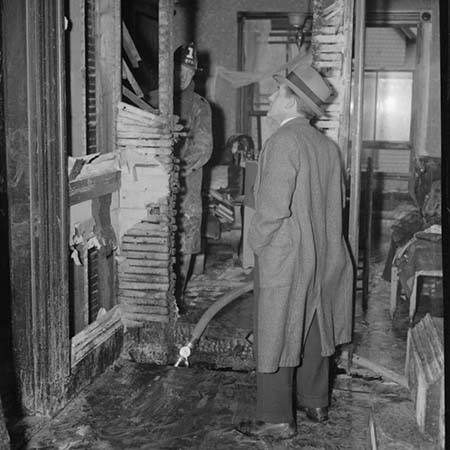
The Murder of George M. Council
On June 1, 1930, the charred remains of George Council were found in his burned home on Seventh Avenue in St Petersburg. Police found a .38 revolver shell near the remains although no gunshot had been heard by neighbors and Council did not appear to be wounded. His skull, however, did appear to have been fractured. At first, it was thought to be a robbery, but Council’s valuables were still in the home. Initially, police could not determine if this was an accident or foul play. Days later it was revealed that former mayor Noel A. Mitchell was the last to be seen with Council hours before the blaze.
The following inquiry and trial spun conflicting stories and timelines which muddied up the story. What was determined was that Mitchell went to visit some friends, the Meridiths, around midday on June 1 but they were not home. The Meridiths were neighbors of Council and at some point, Mitchell and Council got to talking and both men went back to Council’s house to check out some homemade brew Council was producing. From here things get hazy.
Mitchell had his story. He did not partake in the alcohol but agreed to go for a drive with the Council to look at some property. Mitchell noted Council was extremely intoxicated and driving recklessly. When they got back to the house, Council pulled out his .38 revolver and made threats about driving down to Tampa to shoot his wife’s lover. Mitchell took the revolver from Council, put it in his raincoat pocket, and made his way over to the Meredith’s home where he would fall asleep in a chair in the early afternoon.
However, the Meridiths and other neighbors’ recollections of events were different. A neighbor named Mrs. Hicks had returned home between 8:00 and 9:00 and saw Mitchell through the window of Council’s home. Around 9:00, the Meridiths returned home to find Mitchell drunk and passed out in a chair. They moved him over to the couch and, while picking up his raincoat, found the .38 revolver. Around 10:00, the Council’s house was in flames. When authorities came to question neighbors about what they saw, Mitchell hid in the bathroom. Afterward, when the Meridiths asked about the gun, Mitchell claimed it was collateral on a $10 debt Council owed him.
Mitchell immediately left St Petersburg after the fire and traveled back up north, leaving Council’s revolver at his St Petersburg home. Weeks later, police requested Mitchell return to Florida to be questioned. When he returned newspapers reported that he said, “This affair would be funny if it didn’t happen to be tragic.”
On June 16, just a few weeks after the fire, a St Petersburg coroner’s jury determined that Council was murdered by fire and other causes… by the hands of a person or persons unknown. The fracture to Council’s skull was said to have been a blow and the body appeared to have been covered in some kind of accelerant. Due to the conflicting testimony from all the witnesses, however, Noel A. Mitchell, the primary suspect, could not be determined to be the perpetrator.
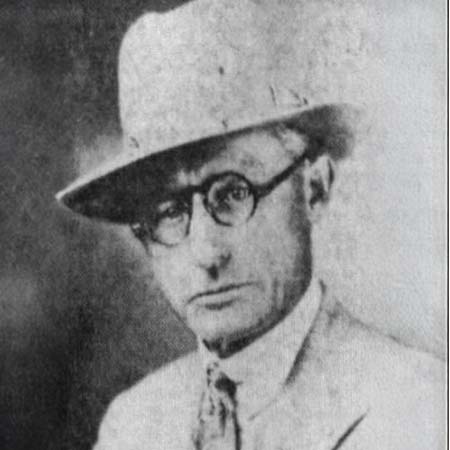
The Sand Man’s Final Years
After the Council murder investigation, Mitchell kept out of the spotlight for a bit. He popped up again in May of 1934 when he was arrested for public drunkenness and buying beer for a minor. This little indiscretion managed to get him examined by the local Sanity Board.
Harkening back to his Block Island summer business roots, in 1934 Mitchell rented a beachfront booth at Rockaway Park in Queens. His lease stipulated that he could not sell hot dogs. Instead, his booth sold “sun-tanned sausages”. While the local hot dog stands were charging 5¢, Mitchell’s was charging 10¢ for his fancy new treat. Needless to say, the “sun-tanned sausages” were just hot dogs.
Finally, in 1935, Mitchell announced that he would be a part of an aerial tour of the country. Mitchell had always been a big proponent of commercial air travel. In 1914, he was the first paid airline passenger in history and even brought the airlines to St Petersburg during his tenure as mayor. After making his announcement to newspapers, he stood in front of an oncoming St Petersburg trolly stopping the train to shout to the conductor “Vote for Noel A. Mitchell” before walking off the track to make his way to a campaign event for his city council run. He would not win.
On October 7, 1936, Noel A. Mitchell passed away from a brief bout with pneumonia. He was 62 years old.
Some people inevitably stay close to home and others move on to other places. You’ll never forget the lessons you learned growing up, though. Those formative years helped mold you into the person you are today. As a young man, Noel Mitchell took note of the tourist industry of Block Island and began to realize the kinds of opportunities that were open to him. From there he grew his wealth and prominence to new heights. So, when you visit the island next summer, be extra kind to the waitstaff and shop workers you encounter. You never know who will be a mayor someday.
Enjoy that Taffy and Sail Away…


